These days, nobody wishes to hold the pipe and water their whole yard, which is why a new advanced technology has been introduced known as lawn or garden sprinklers.
They are gaining so much popularity these days, with some excellent brands and features, all you got to do it on the valve, and your whole yard gets watered.
Although it is mostly used by people who have a big yard or lawn, people having small yards do not wish to leave behind and want to install these systems because they save a lot of time of yours through their automatic timing schedule.
Yes, you can set the timing of when you want your garden or lawn to be watered, and it will automatically start, and by the time you wake up or come home, you will have a freshly watered lawn.
Components of A Sprinkler System
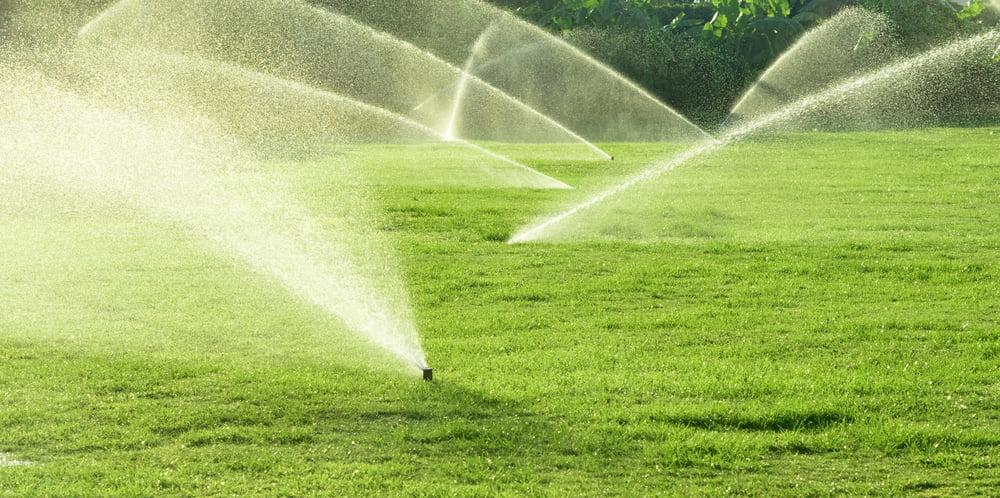
Shut-Off Valve
This is the main switch for shutting off the water supply of any watering appliance you might have in your home, and of course, it is quite essential to have them. It is also instrumental in case there are water leaks from a broken pipe or something.
Backflow Preventer
This is a useful device that keeps the contaminated water to mix with the water for your lawn. It blocks the water coming from your sprinkler system for your yard to mix in with the municipal water supply, which is for your home.
Sprinkler Zones
If you have installed more than one sprinkler in your yard, they must be divided into sprinkler zones. These zones are set up so that two sprinklers do not overlap each other and water a particular area too much. By dividing the sprinklers into the zone, you can water each inch of your yard in a beautiful way consuming less time overall.
Underground Line
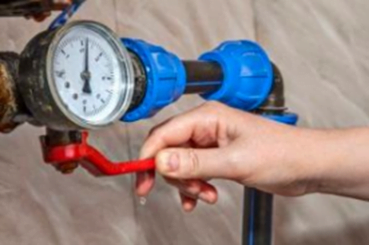
Even if there is some damage to the pipe above the lawn, which is connected to the whole system, there is a mainline buried underground that supplies the pipe above. A standard pipeline is buried 6-12 inches deep inside the ground.
Valve
Each sprinkler zone requires a valve whose function is to control the water in that area. You can turn off the main valve connected to the main supply line or turn off the valves individually to avoid any leakage.
Sprinkler Heads
These heads are also known as spigots and are the tiny devices that come out of your lawn and sprinkle water evenly throughout your garden so that you have a freshly watered lawn every day.
Controller
The controller’s function is to command each sprinkler zone and is located at the core of a sprinkler system. The more advanced your controller is, the more you can operate it or control it, like telling the controller to water your lawn every day at a specific time.
Installation of a Sprinkler System
Putting all the components together and building your sprinkler system and zones is not that difficult, which is why most households prefer to do this on their own rather than calling the professionals and spending money on them.
However, this does not mean that you cannot call someone. If you think you cannot do it on your own, then there is no issue with calling someone professional.
The whole process of installing the sprinklers involves working with the current water supply line of your home. If something gets damaged while installing the sprinklers, then you would have to pay more than hiring a professional and doing it in less time frame and money.
Professionals have special tools to ensure that no other pipeline gets damaged, like a trenching machine to dig holes more easily.
They make connections between pipes connecting to the sprinkler heads and your home’s main water supply line.
Then he will attach all the components we talked about before. In the last, he will add the controller, fill the trenches, and test away your system.
Now, You Might Ask How A Lawn Sprinkler System Works?
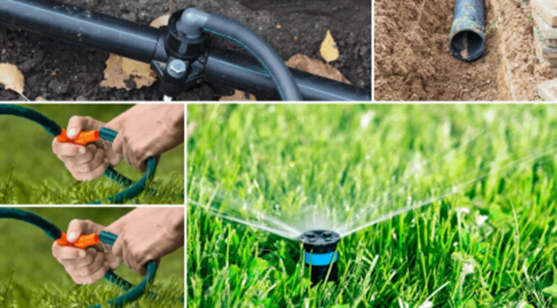
After assembling everything from the components to the controller, it is time to test your sprinkler.
Here is how you know that your sprinkler system is working, water will come through the main supply line, that is, from your home.
The shut-off valve is at the beginning of the connection, which you must first shut down before connecting the pipes. Moving forward, you will find your backflow preventer, which will prevent any overflow from happening, then comes the individual valves for your sprinklers.
These valves produce the flow of water until an electric current passes through them, which the controller gives, who is the main boss of this operation.
Once you command the controller, the water passes through and is released to a specific area, and all sprinkler heads will start watering your lawn.
Now that you know how a sprinkler system works and its components, let us tell you the different types of sprinkler systems you can use.
Types of Sprinklers
1. Hand-Held Sprinklers
This is an aluminum pipe that connects to the water source, and you can move it around your farm with your hands to quench your lawn’s thirst. You can manually move the pipe wherever you want to irrigate your farm.
2. Hand-Held Rain Guns
This system is like the hand-held sprinklers, and the only difference is that in the hand-held sprinklers, you use a pipe, having low-volume sprinklers, but in hand-held rain guns, you use a single or two large gun sprinklers with high-volume.
3. Solid Set Sprinklers
Installing this system is easy. Once installed, you will not need to move any pipes since they will cover your entire yard to be watered. However, these sprinklers might cause some trouble during harvesting, cultivating, or spraying your plants.
4. Centre Pivots
This is a moving sprinkler system, wherein the water sprinkles along the length of the pipe. This is most suited for gardens having a single crop of vegetables or fruits. The cost of installing this sprinkler system is high, but the cost of labor is less.
5. Traveling Big Gun Sprinklers
These sprinklers are a part of a giant gun sprinkler fixed on a wheeled truck and attached to a plastic hose pipe on a reel. People with the largest farms benefit from this system since it irrigates their whole land with less time and less labor.
Advantages
- It is suitable to use for all soil types except heavy clay.
- It saves up to 30% – 50% of your water supply.
- It is suitable for irrigation where the plants are more, or even in a moderate quantity.
- It helps in boosting production.
- The sprinkler system is the best and easy to use.
- It is suitable to use on different land types or areas.
- It minimizes the cost of inducing labor.
- It protects from frost.
Disadvantages
- It gets affected by climatic changes, water sources, and expenses. 2. Water gets evaporated faster when operating at high temperatures, making the effectiveness of irrigation low.
- This technique is beneficial for farmers only if they do not live in heavy rainfall and limited groundwater sources since the sprinklers require clean water to work.
- The installation costs can be higher if you go or a good company and low for local companies, and the labor cost is different too.
- Sprinkler irrigation systems that are mechanized requires energy at a high rate, so it may not be suitable to install them in areas with low or fluctuating power supply.
Conclusion
Sprinkler systems have completely changed the way you water your plants, and they are both a boost and a boon to your yard.
However, if you see very few disadvantages, meaning with the right type of sprinkler system, you can water your yard with less time, effort, and cost.
Sprinkler systems work very efficiently too, and if you want to install them on your own, you can most certainly do that. There is no stopping you. You can check on YouTube for some great videos and DIYs and install them with your own hands.
And it is also not wrong to call up a professional and have them installed in your yard, since they come bearing some unique tools which you would have to buy first to use them, thereby saving some cost.
Make sure to do thorough research on which type of sprinkler system you want, how advanced you want, and how you want to place it. Rest all you must do is install and test it.

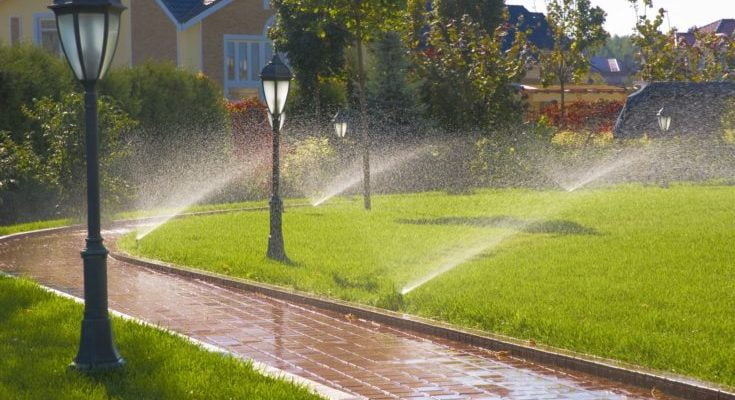


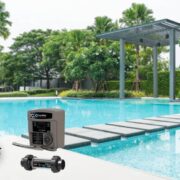

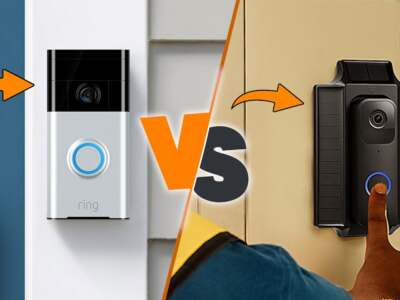
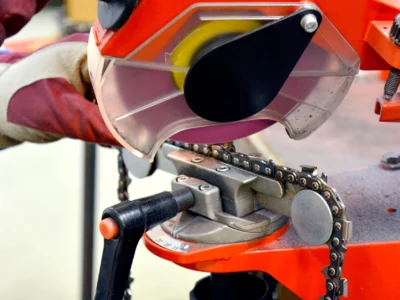
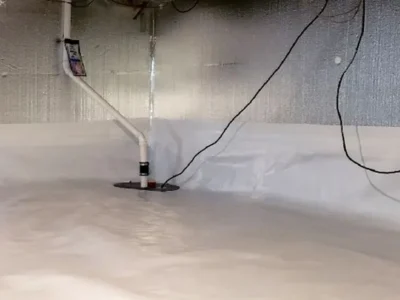
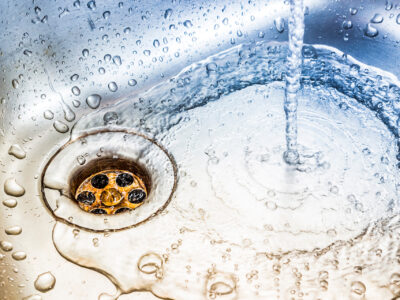
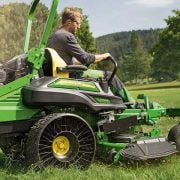
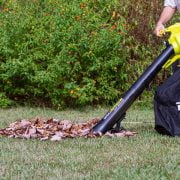
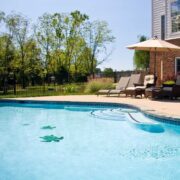
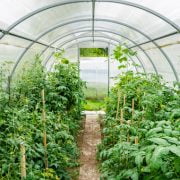
Comments